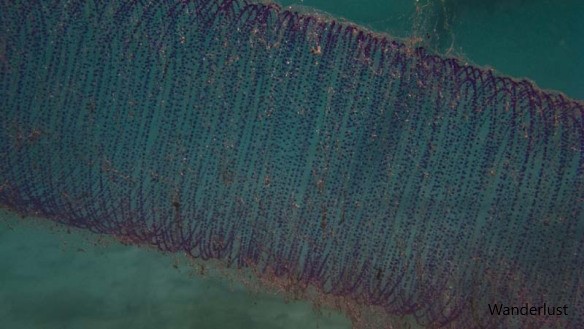SST update
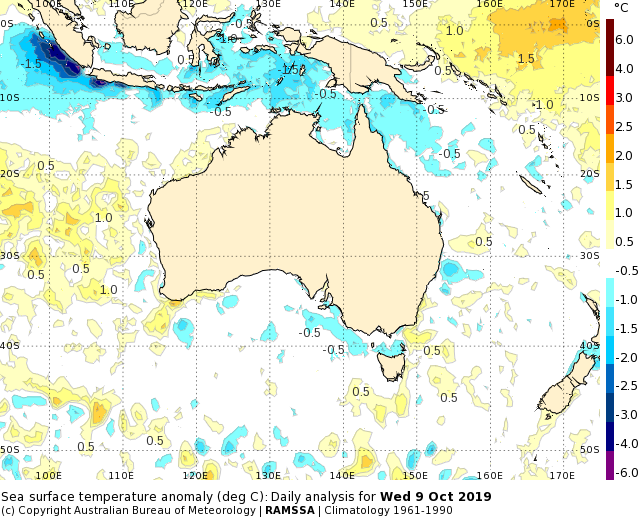
Sea surface temperature anomalies are fairly neutral around the country, with extremes moderating in both the north and the south.
The cool patch between Darwin and Papua New Guinea has weakened a bit, with most of the area now 1 deg C below normal. Similarly the Great Australian Bight is now more in line with climatology.
The warm spot to the south of Albany in WA, has retreated in extent. However there is still a small patch at 2 deg C above normal.

The new look SST charts, like the ones shown above, can now be found on the external BOM website.
Check out the daily regional anomaly plots, as well as daily/weekly/monthly plots for the Indian and Pacific oceans.
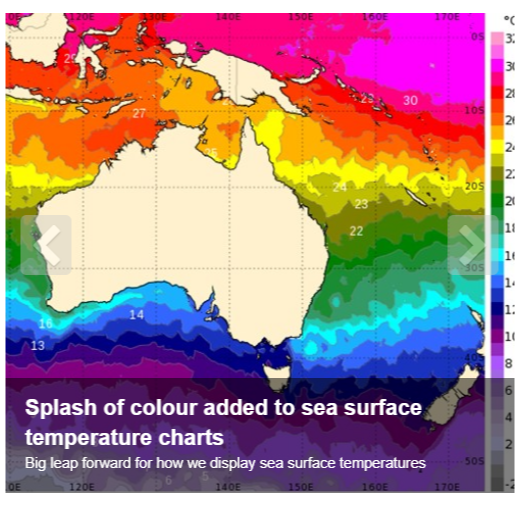
The SST website can be found here.
IOD goes off the scale
The most striking SST feature in the region is to the far northwest at Sumatra and Java. Strong coastal upwelling is causing very cool temperatures.
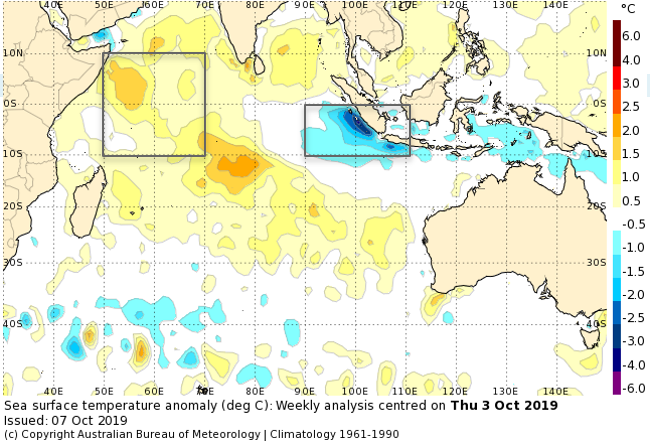
The cold patch is inside the Indian Ocean dipole eastern box, and driving very high index numbers.
The latest IOD weekly value is +1.94.
This is the highest value recorded since at least 2001.
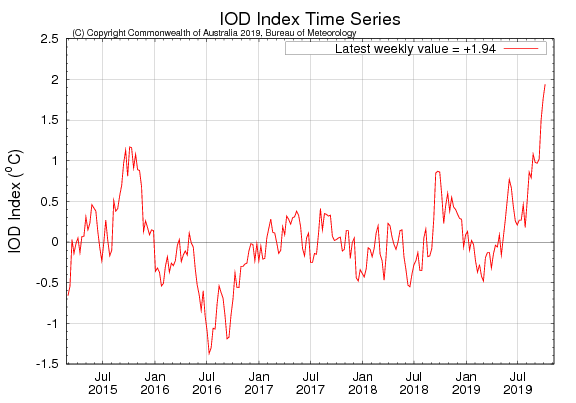
Strong positive IOD events are associated with below average rainfall for southern and central Australia and a worse fire season for southeastern Australia.
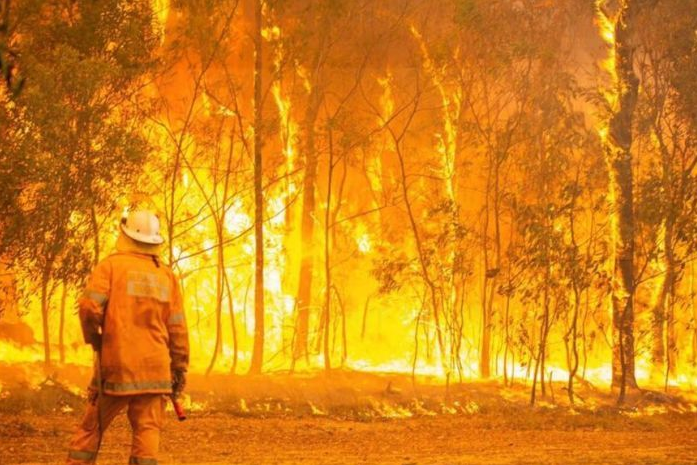
We have already seen an early and devastating start to the fire season in NSW and QLD.
An article by BOM’s Chris Lucas and the CFA’s Sarah Harris was published in the ABC, Guardian and The Conversation news outlets. The article links a few climate drivers with early starts to the fire season:
- El Nino
- Positive IOD
- Negative SAM
We currently have 2 out of those 3 drivers. The IOD is the highest recorded so far, and the Southern Annular Mode has frequently been negative this winter. The negative SAM tendency has been exacerbated in the last few weeks by sudden stratospheric warming, as discussed in the last blog.
So far this spring 30 homes in NSW have been lost to fires and, tragically, 2 lives.
Upwelling off Sumatra has far reaching consequences.
Squid eggs enjoy the current
In a good news story this week, divers off the Great Barrier Reef have gained rare footage of a 2-metre long mass of squid eggs.
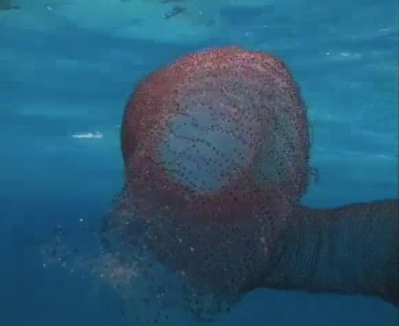
A squid expert from James Cook University, Blake Spady, confirmed that these eggs are from a diamondback squid. He said that open-ocean species often have free-floating masses of eggs, rather than attaching them to structure.
The tube holds itself together with a gelatinous mass in the core. When the squid hatch they are as small as a grain of rice, but can grow rapidly to reach up to 1 metre in length.
Diamondback squids preferentially spawn in regions of strong ocean currents during summer and early autumn, according to study by Guerra et al (2002) of squid egg masses in the Mediterranean and the Canary Islands. Egg tubes were observed there in areas of mesoscale eddy features and warm currents.
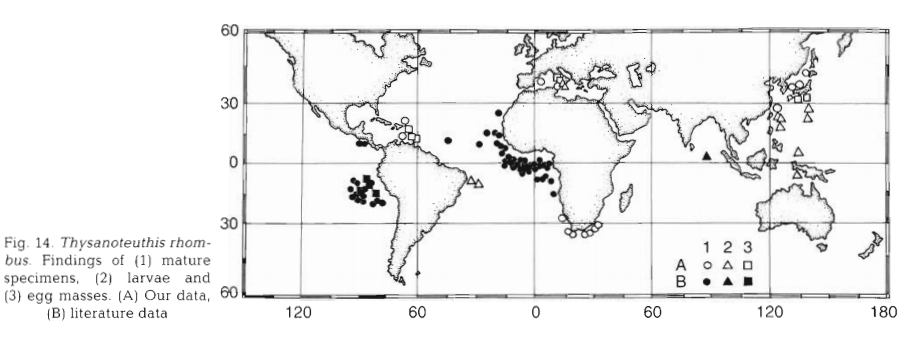
They have been observed in other parts of the world, such as the Kuroshio, the Peru counter current, the Straits of Messina, the gates of Gibraltar and the Agulhas. All regions with strong currents. One-off sightings have also been recently recorded in Vanuatu in 2015, and Papua New Guinea in 2008. However, the total number of sightings in the literature remain low, at just over 30.
We can now add the East Australian Current to the list.
The exact spot was offshore from Cape Tribulation, near Cairns. Looking at the OceanMAPS outputs for this region, we can see SSTs are close to 25 deg C. This region also marks the starting point of the EAC. Surface currents are 1 to 2 knots in strength.
Perhaps the strong current helps the distribution of the larvae, or works to keep the tube together….
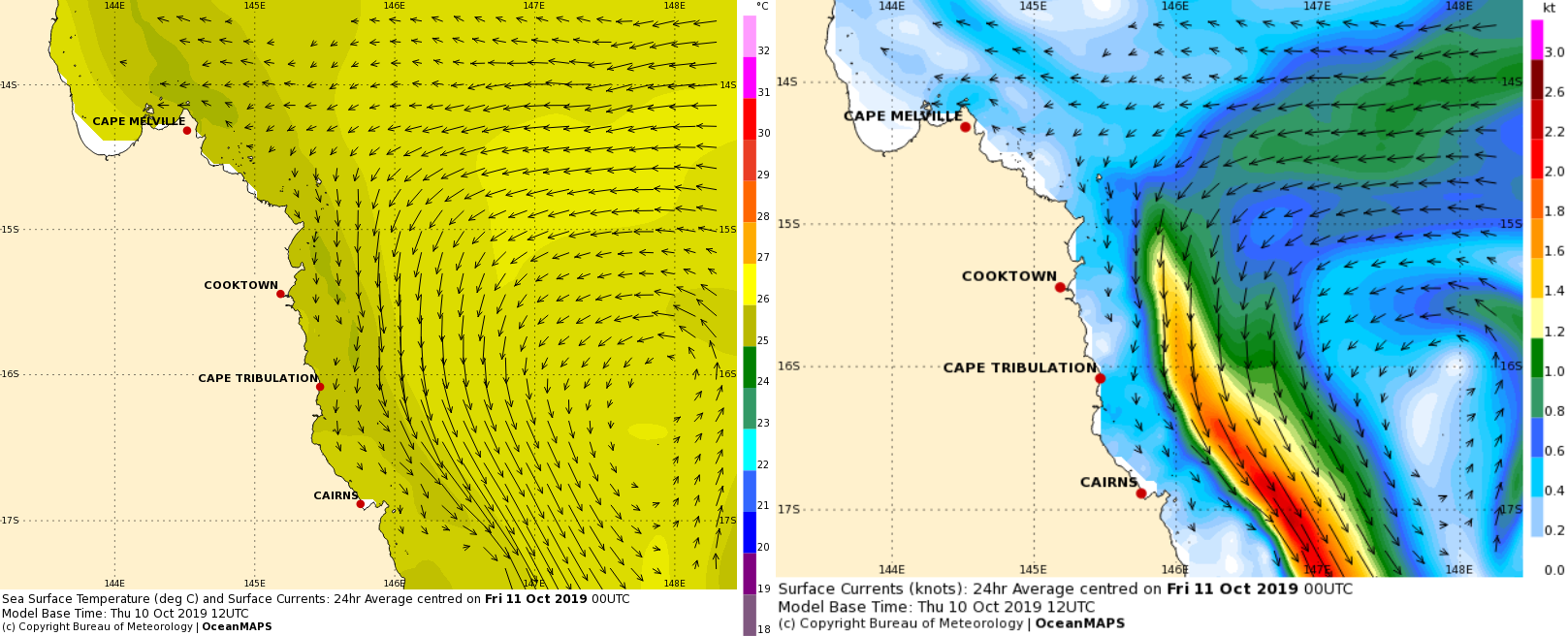
On your next snorkelling trip at this time of year, keep an eye out for a floating tube of eggs. You may join the rare group of people who have seen one.

